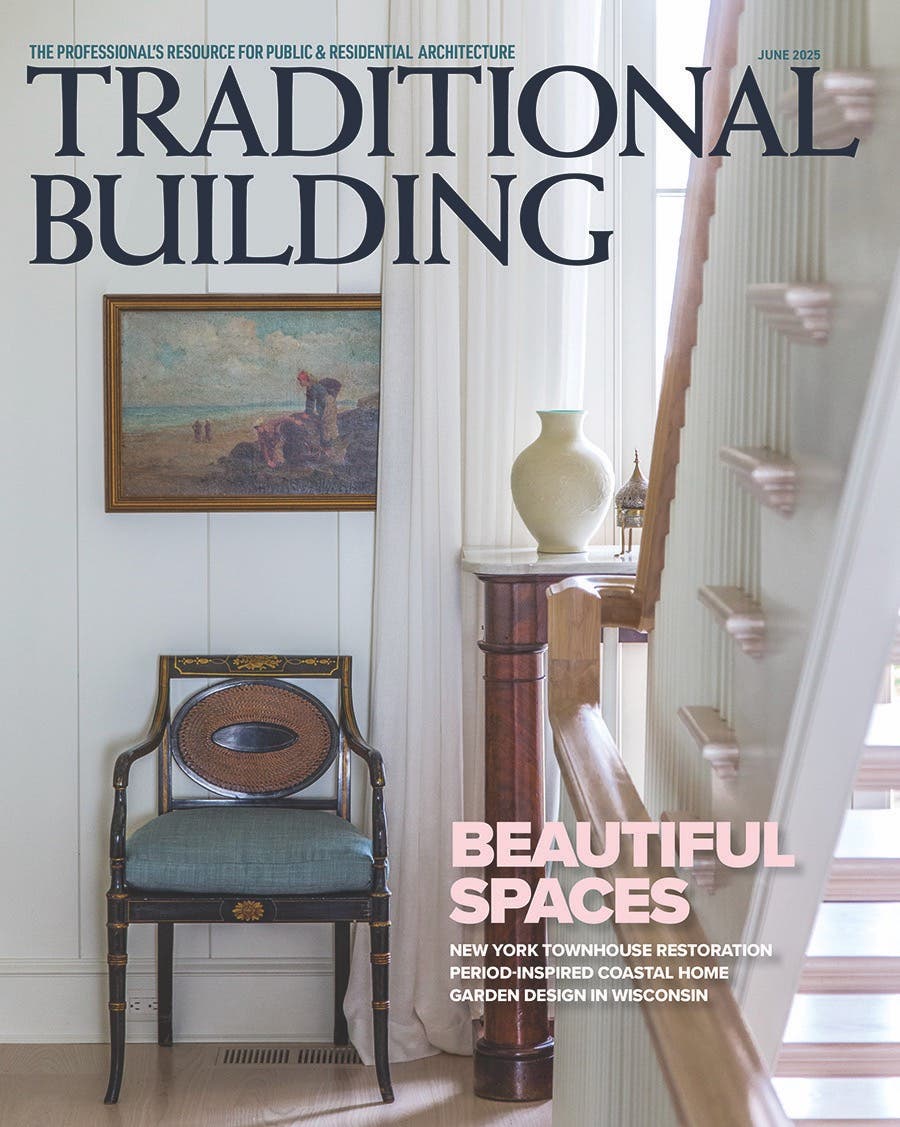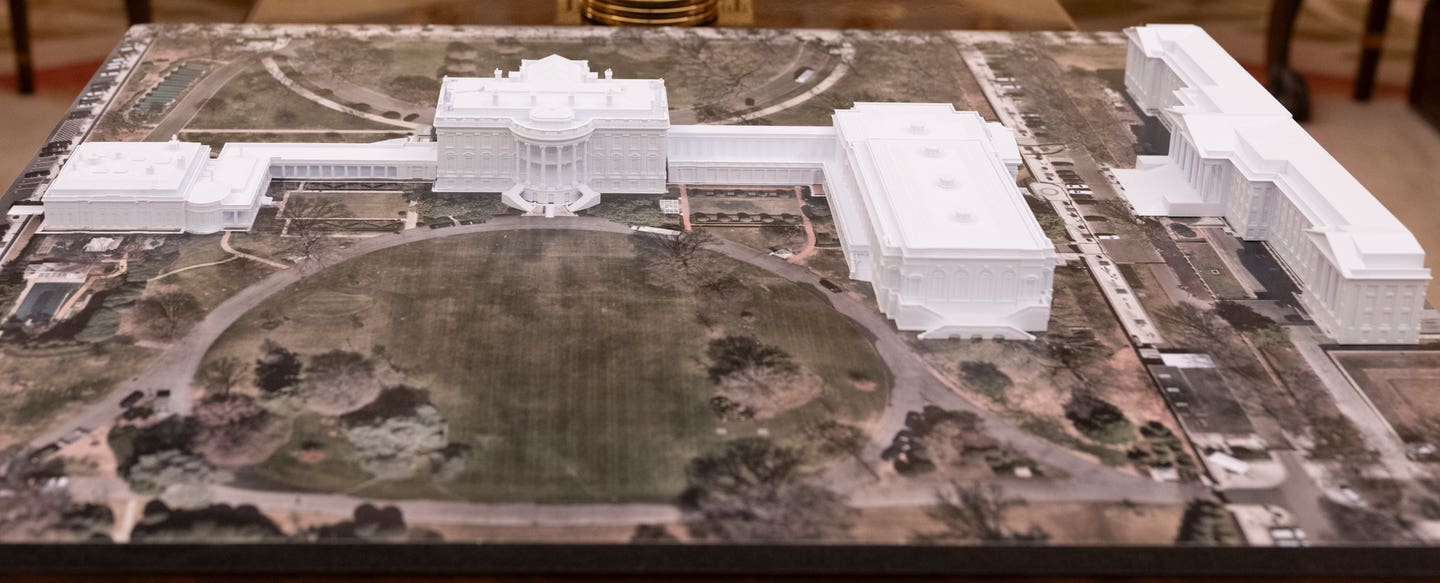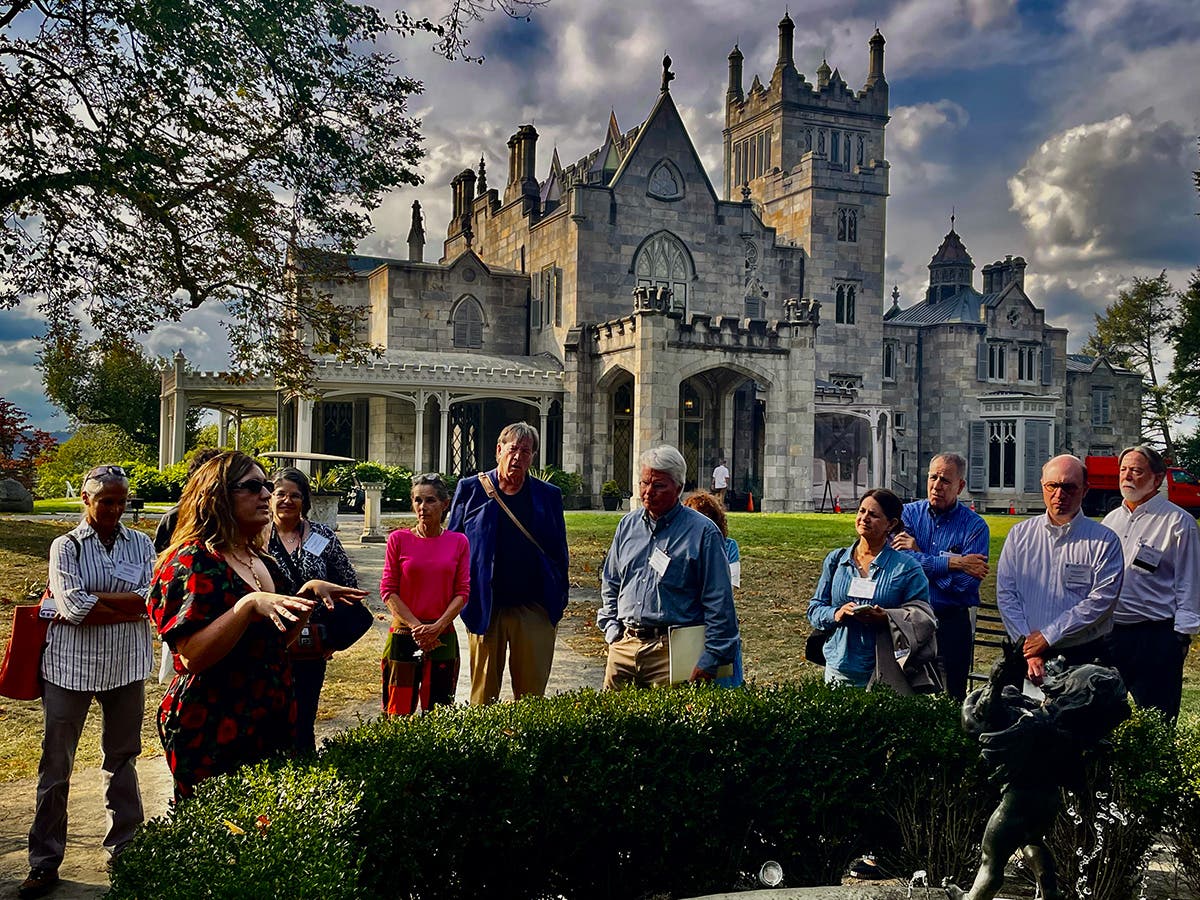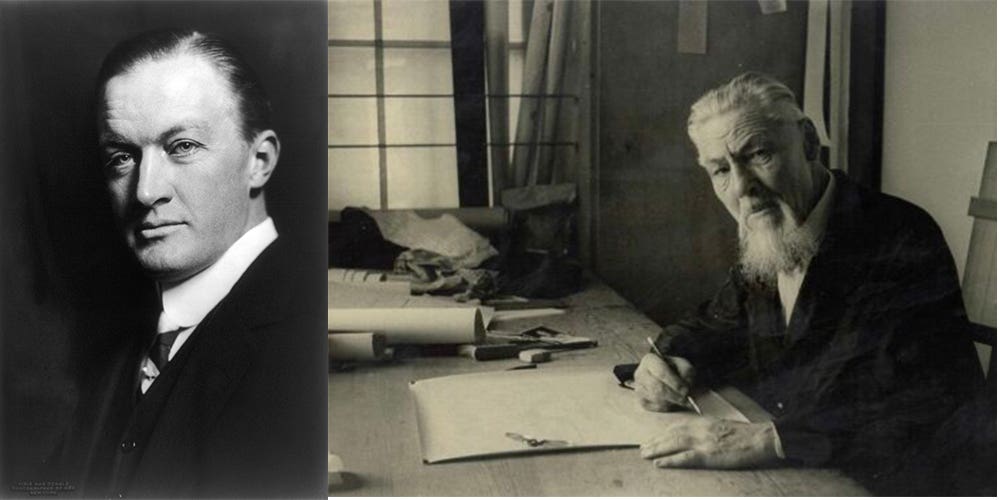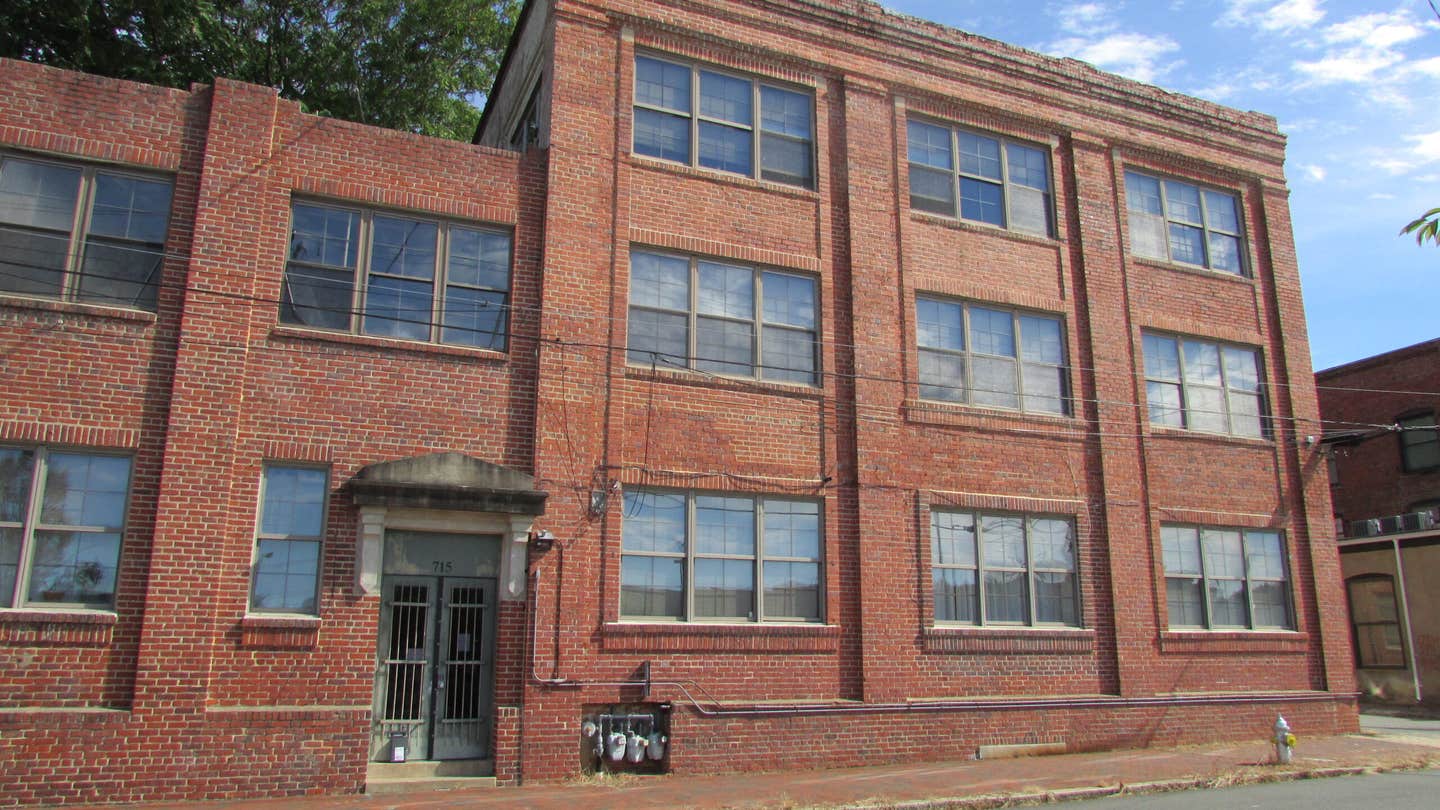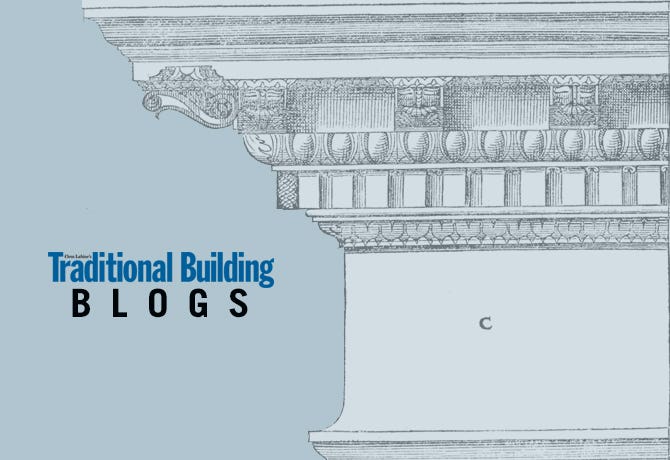
Rudy Christian
Traditional Trades Yesterday, Today and Tomorrow
The only way for authenticity and preservation to coexist is for traditional trades to be just as much a part of the future as they are of the past. Regardless of whether they are taught through educational institutions or on the job, the reality is that they must be taught and learned if there is to be any expectation that the work of yesterday's master craftsmen will survive.
This concept is so well understood in Japan that 1,000-year-old temples are periodically deconstructed, restored and reconstructed not for the preservation of the building, but for the preservation of the trades used in their construction, a process that would initiate the loss of the historic status of those structures in this country.
The very idea that the master builder in Japan is himself the national treasure, instead of the building he constructs, is something quite foreign to a culture that spent the better part of a century trying to make the trades relics of days gone by. School systems methodically shut down trades education programs and shop classes while the process of making buildings by hand was replaced by a system of assembling them from manufactured components. Without much notice being taken of how society was affected by the loss of a large portion of our cultural makeup, the master builder was replaced by the job foreman, the laborer and the architect.
This process, which precipitated the gradual near loss of traditional trades and the handmade world, inadvertently placed many historic buildings on the endangered species list. Worse yet, the new modern world of glitz, glass and ghastly garishness is an environment in which traditional trades aren’t of any real value. Is it any surprise that entire generations came and went without the knowledge of the ways and means of working in a handmade world being passed down? If there is a silver lining to be found it's that in this time and place, where we are finally awakening to the value of the craftsperson in our society, those who do choose to pursue the path of traditional trades are highly valued once again.
Built for profit
One unfortunate result of this blip in our construction consciousness is the void that has been created in the future. Instead of building for durability and the employment of best practices, we spent the better part of a century building for profit almost exclusively. Pride of workmanship was no longer the motivation of the marketplace, and the holistic understanding of the relationship of the application of natural building materials no longer was part of the tradesperson’s skills.
In effect, we replaced what we had come to understand and appreciate for its permanence with something we applied as part of a kit. We traded off our ability to build for future generations as part of the deal we made with the manufacturers of the modern world. The buildings we had learned to build that lasted for centuries were replaced by buildings that were designed to become obsolete and impractical to preserve.
Hopefully, the growing interest in both preserving our built heritage and the desire to build more sustainably will help us turn the corner, and the emergence of communities like the Preservation Trades Network and the Timber Framers Guild will ensure that the traditional trades have the stewardship necessary to survive. If indeed we begin to remember that building for durability is an important part of not only saving the resources we have, but creating the heritage that will be cherished by future generations, we may once again be able to understand why the traditional trades are indeed national treasures. Then we will be in a position to build for the future once more.
Rudy R. Christian is a founding member and past president of the Timber Framers Guild and of Friends of Ohio Barns and a founding member and executive director of the Preservation Trades Network. He is also a founding member of the Traditional Timberframe Research and Advisory Group and the International Trades Education Initiative. He speaks frequently about historic conservation and also conducts educational workshops. Rudy has also published various articles, including “Conservation of Historic Building Trades: A Timber Framer’s View” in the “APT Bulletin,” Vol. XXXIII, No. 1, and his recent collaborative work with author Allen Noble, entitled “The Barn: A Symbol of Ohio,” has been published on the Internet. In November 2000, the Preservation Trades Network awarded Rudy the Askins Achievement Award for excellence in the field of historic preservation.
As president of Christian & Son, his professional work has included numerous reconstruction projects, such as the historic “Big Barn” at Malabar Farm State Park near Mansfield, OH, and relocation of the 19th-century Crawford Horse Barn in Newark, OH. These projects featured “hand raisings,” which were open to the public and attracted a total of 130,000 interested spectators. He also led a crew of timber framers at the Smithsonian Folk Life Festival, Masters of the Building Arts program, in the re-creation and raising of an 18th-century carriage house frame on the Mall in Washington, DC. Roy Underhill’s “Woodright’s Shop” filmed the event for PBS, and Roy participated in the raising.
Christian & Son’s recent work includes working with a team of specialists to relocate Thomas Edison’s #11 laboratory building from the Henry Ford Museum to West Orange, NJ, where it originally was built. During the summer of 2006, Rudy; his son, Carson; and his wife, Laura, were the lead instructors and conservation specialists for the Field School at Mt. Lebanon Shaker Village, where the 1838 timber frame grainery was restored. In July and August 2008, Rudy and Laura directed and instructed a field school in the Holy Cross historic district in New Orleans in collaboration with the University of Florida and the World Monuments Fund.
Rudy studied structural engineering at both the General Motors Institute in Flint, MI, and Akron University in Ohio. He has also studied historic compound roof layout and computer modeling at the Gewerbe Akademie in Rotweil, Germany. He is an adjunct professor at Palomar College in San Marcos, CA, and an approved workshop instructor for the Timber Framers Guild.


